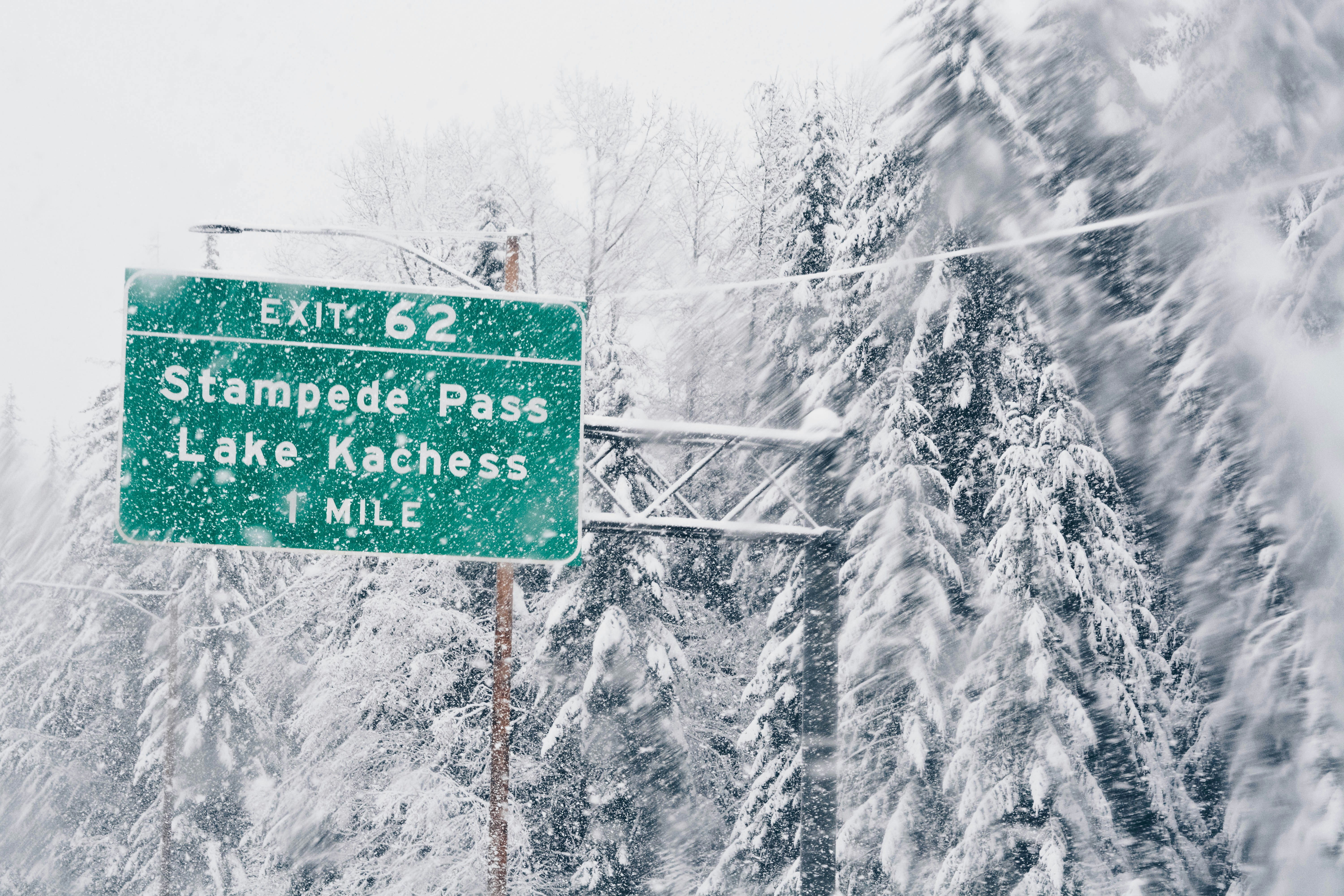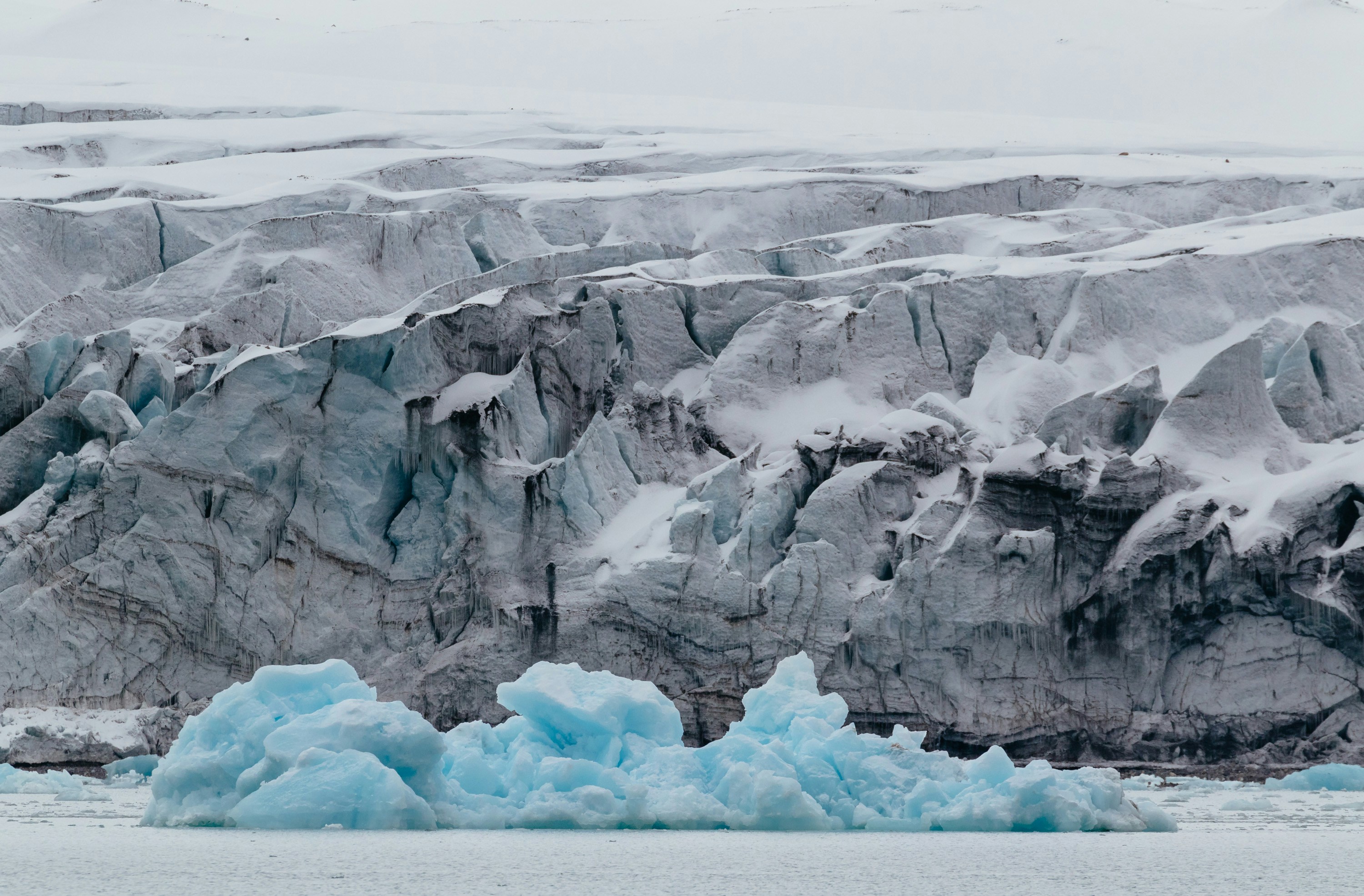Are you an athlete looking for the best ways to recover after an intense workout? Look no further! In this article, we will debunk some common misconceptions about cold plunge therapy and its impact on athlete recovery. From the belief that it can hinder muscle growth to the idea that it is only beneficial for professional athletes, we will set the record straight and provide you with the facts you need to optimize your post-workout recovery. So let’s dive in and separate fact from fiction when it comes to the benefits of cold plunge therapy for athletic recovery!
What is a Cold Plunge?
A cold plunge refers to immersing your body in cold water, typically around 50 degrees Fahrenheit or below, for a short period of time. It is often used by athletes as part of their recovery routine to help reduce inflammation and promote recovery after intense physical activity.
Definition
A cold plunge is a form of cold therapy that involves submerging your body in cold water for a brief duration, usually a few minutes. It can be done in a specially designed cold plunge pool, an ice bath, or even a natural body of cold water like a lake or river.
Benefits
Cold plunges offer numerous benefits for recovery and overall well-being. The cold water helps to constrict blood vessels, reducing inflammation and swelling in muscles and joints. This can help to alleviate soreness and promote quicker recovery after intense workouts or competitions.
Additionally, cold plunges can improve circulation and stimulate the body’s natural healing processes. The shock of the cold water triggers the release of endorphins, which can elevate mood and provide a natural sense of euphoria. Cold plunges may also boost the immune system, as the exposure to extreme cold can activate immune responses and strengthen the body’s defenses.
Process
To experience the benefits of a cold plunge, follow these simple steps:
- Find a suitable cold water source or a cold plunge pool.
- Fill the cold water source with water that is around 50 degrees Fahrenheit or below. Adjust the temperature if necessary.
- Slowly enter the water, allowing your body to adjust to the cold temperature.
- Stay immersed for a desired duration, typically ranging from 1 to 10 minutes.
- After the cold plunge, gradually warm up your body with a warm shower or by engaging in light physical activity.
Remember to always listen to your body and start with shorter durations if you are new to cold plunges. Gradually increase the duration as you become more accustomed to the cold water.
Myth 1: Cold Plunge Delays Recovery
Explanation of the myth
One common misconception about cold plunges is that they can actually delay the recovery process. Some believe that the cold water restricts blood flow, inhibiting the delivery of essential nutrients and oxygen to the muscles, which is crucial for the recovery process.
Scientific evidence refuting the myth
Contrary to this belief, scientific studies have shown that cold plunges can actually enhance the recovery process. The cold water induces a phenomenon called vasoconstriction, where blood vessels constrict, reducing inflammation and facilitating the removal of metabolic waste products such as lactic acid.
Furthermore, cold immersion therapy has been found to improve muscle function and decrease muscle soreness after intense exercise. It can also help to reduce markers of muscle damage, suggesting that cold plunges can have a positive impact on recovery.
It is important to note that while cold plunges can help with recovery, they should be used in conjunction with other recovery methods such as proper nutrition, hydration, and adequate rest.
Myth 2: Cold Plunge Increases Injury Risk
Explanation of the myth
Another misconception is that cold plunges can increase the risk of injuries. The belief is that the shock of the cold water can cause muscles to tense up, making them more vulnerable to strains or tears during subsequent physical activity.
Scientific evidence refuting the myth
There is no scientific evidence to support the notion that cold plunges increase the risk of injuries. In fact, cold water immersion has been shown to have a protective effect on muscles by reducing inflammation and promoting cellular repair.
Additionally, cold plunges can help to alleviate post-exercise muscle soreness, which can indirectly decrease the risk of injuries. By reducing muscle soreness and enhancing recovery, athletes may be able to perform at their best and maintain proper form, reducing the likelihood of injury.
It is worth noting that proper warm-up exercises and stretching should still be performed before engaging in any strenuous physical activity, regardless of whether a cold plunge is included in the recovery routine.
Myth 3: Cold Plunge is Uncomfortable
Explanation of the myth
Some individuals may have reservations about trying a cold plunge, thinking that it will be an uncomfortable and unpleasant experience. The fear of the shock of the cold water and the discomfort associated with the low temperatures can deter people from giving it a try.
Tips to make it more comfortable
While the initial shock of the cold water may be uncomfortable, there are several strategies to make the experience more pleasant. Here are some tips to consider:
- Gradually acclimate to the cold water by starting with shorter durations and gradually increasing the time as you become more comfortable.
- Focus on your breathing to help regulate your body’s response to the cold. Take deep breaths in and out, allowing your body to relax.
- Create a serene and calming environment around the cold plunge area, such as playing soft music or using aromatherapy.
- Use visualization techniques to distract your mind from the cold. Imagine yourself in a peaceful and relaxing place while in the cold water.
- After the cold plunge, reward yourself with a warm beverage or a cozy blanket to help warm up your body and enhance the overall experience.
Remember, everyone’s tolerance for cold water may vary, so find what works best for you and adjust accordingly.
Myth 4: Cold Plunge is Only for Elite Athletes
Explanation of the myth
There is a common misconception that cold plunges are only beneficial for elite athletes and are not necessary for recreational athletes or individuals who engage in moderate physical activity.
Benefits for athletes at all levels
Cold plunges can be beneficial for athletes at all levels, from recreational enthusiasts to professional athletes. The physical demands of exercise and physical activity can cause muscle damage, inflammation, and soreness, regardless of the intensity.
By incorporating cold plunges into their recovery routine, athletes of all levels can experience the benefits of reduced inflammation, improved recovery, and enhanced overall well-being. Cold plunges can help to prevent muscle fatigue and soreness, allowing for more frequent and effective training sessions.
Furthermore, cold plunges can be especially beneficial for recreational athletes who may not have access to advanced recovery methods or professional training staff. It offers a simple and accessible way to enhance their recovery and optimize their performance.
Myth 5: Cold Plunge Slows Muscle Growth
Explanation of the myth
Some individuals believe that cold plunges can hamper muscle growth and hypertrophy, the process of increasing muscle size and strength. The belief is that the cold water inhibits blood flow to the muscles, reducing nutrient and oxygen delivery necessary for muscle growth.
Scientific evidence refuting the myth
Contrary to this belief, scientific studies have shown that cold plunges do not impede muscle growth. While the cold water may temporarily constrict blood vessels, it does not have a significant impact on nutrient and oxygen delivery to the muscles.
In fact, the reduction in inflammation and the enhanced recovery provided by cold plunges can actually support muscle growth. By reducing muscle damage and promoting repair, cold plunges can facilitate the adaptation and growth of muscle tissue.
It’s important to note that cold plunges should be used in conjunction with a well-rounded training program that includes proper nutrition, resistance training, and adequate rest to maximize muscle growth potential.
Myth 6: Cold Plunge is a Waste of Time
Explanation of the myth
Some individuals argue that cold plunges are simply a waste of time and do not provide any tangible benefits for recovery or overall well-being. The belief is that there are more effective and efficient methods to achieve similar results.
Benefits and effectiveness of cold plunges
Cold plunges are far from being a waste of time. They offer numerous benefits for recovery and can be a valuable addition to any athlete’s routine.
Cold water immersion has been shown to have a positive impact on various physiological processes, such as reducing inflammation, improving muscle recovery, and boosting the immune system. It can also provide a natural form of stress relief and promote a sense of relaxation and well-being.
Furthermore, cold plunges can be particularly effective for individuals who engage in high-intensity or prolonged periods of exercise. The cold water can help to alleviate the toll that intense exercise takes on the body, allowing for quicker recovery and improved performance.
While there may be alternative recovery methods available, cold plunges offer a natural and accessible way to enhance recovery without the need for expensive equipment or specialized training.
Myth 7: Cold Plunge Can Cause Hypothermia
Explanation of the myth
There is a concern that prolonged exposure to cold water during a cold plunge can lead to hypothermia, a potentially life-threatening condition characterized by a dangerously low body temperature.
Safe practices to prevent hypothermia
While it is important to exercise caution when engaging in cold plunges, the risk of hypothermia can be mitigated by following a few simple practices:
- Limit the duration of your cold plunge to a safe timeframe, typically ranging from 1 to 10 minutes.
- Monitor your body’s response to the cold water. If you start to shiver uncontrollably or experience numbness or tingling, it may be a sign that you need to exit the cold water.
- Gradually acclimate your body to the cold water by starting with shorter durations and progressively increasing the time as you become more comfortable.
- Dress appropriately before and after the cold plunge to retain body heat. Consider wearing warm clothing, such as a robe or towel, and have warm beverages or blankets readily available post-plunge.
By practicing these safe measures, the risk of hypothermia can be minimized, allowing you to safely enjoy the benefits of a cold plunge without compromising your well-being.

Myth 8: Cold Plunges Are Expensive
Explanation of the myth
One common misconception is that cold plunge setups are prohibitively expensive, making them inaccessible to the average person. The belief is that elaborate equipment and specialized facilities are required to experience the benefits of cold plunges.
Affordable alternatives to traditional cold plunge setups
While there are certainly high-end cold plunge setups available on the market, it is not necessary to invest a significant amount of money to enjoy the benefits of cold plunges. There are several affordable alternatives to consider:
- Utilize a standard bathtub or large container at home. Fill it with cold water and use it as a makeshift cold plunge pool.
- Seek out local facilities or gyms that offer cold plunge pools or ice baths for public use. Many gyms have cold plunge areas available for members.
- Explore natural bodies of cold water in your area, such as lakes, rivers, or even the ocean. These natural settings can provide a cost-effective and refreshing cold plunge experience.
The key is to find a solution that fits your budget and is easily accessible to you. With a little creativity and resourcefulness, you can enjoy the benefits of cold plunges without breaking the bank.
Conclusion
In conclusion, cold plunges have proven to be a valuable tool for athlete recovery, debunking common misconceptions and providing numerous benefits. From reducing inflammation and improving muscle recovery to boosting overall well-being, cold plunges offer a natural and accessible option for athletes at all levels.
By understanding the scientific evidence and dispelling the myths surrounding cold plunges, you can confidently incorporate this recovery method into your routine. Remember to always listen to your body, start with shorter durations, and gradually increase the time as you become more comfortable.
So why not give cold plunges a try? Experience the invigorating power of cold water and unlock the potential for enhanced recovery and performance. Embrace the cold and reap the rewards it has to offer!





